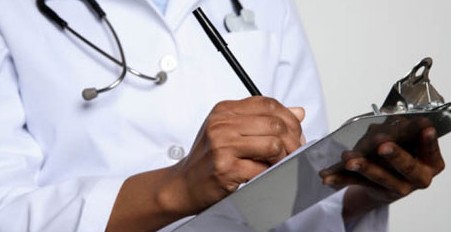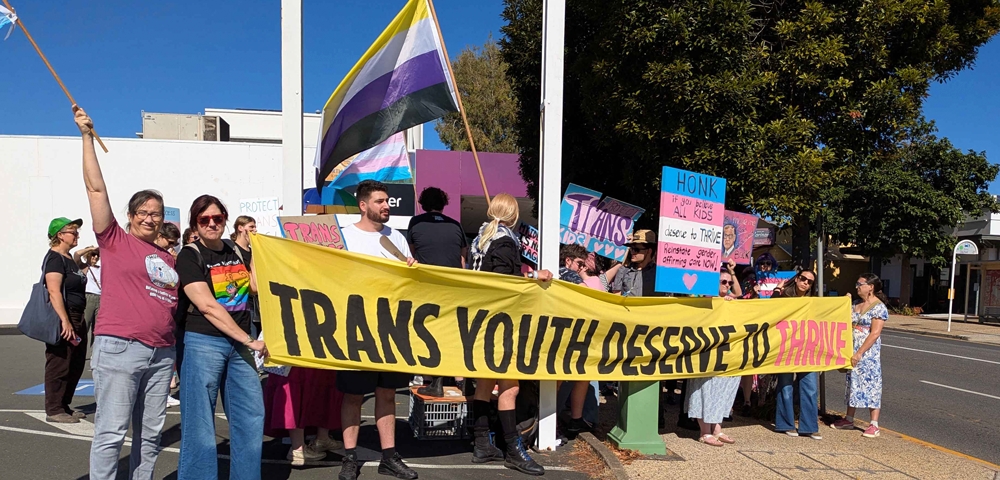
New HIV infections stabilise but diagnoses still amongst highest ever

NEW data has shown diagnoses of HIV remained stable during 2013 but infections are still at their highest rate for 20 years with the biggest jump seen in Victoria.
The annual HIV surveillance report from the Kirby Institute at the University of NSW (UNSW), released today, reveals there were 1235 new infections of the virus last year — or more than three per day.
While a modest one and half percent drop from 2012’s 1253 diagnoses, the figures are still 70 per cent higher than in 1999 when new infections were at their lowest.
The research says around 30 per cent of people are diagnosed well after they should have begun treatment and one in seven with the virus have no idea they are infected.
Kirby Institute associate professor David Wilson said there was good and bad news in the finding.
“Over the last 15 years we have had very effective antiretroviral treatment that is keeping people alive, but the bad news is, unfortunately, we are getting new people infected with HIV,” he said.
“Because we’ve got more people alive we’ve got more of a prevalent pool available to infect more people.
“In some cases, people are living for several years without knowing they are HIV positive.”
Wilson stressed the need for early treatment not just for the individual’s health but also to lessen the likelihood of passing the virus on to others.
While no state was experiencing a convincing downward trend in new infections, the Kirby Institute reported, Victoria recorded the country’s largest rise in notifications at 16 per cent.
Wilson said there was “no consensus” for the increase but he speculated that Victoria had “caught up” with the infection rate in the northern states.
“The data suggests there are similarities in behaviour between the [states] so potentially Victoria has reached a natural equilibrium level,” he said.
However, Australia does have one of the world’s highest treatment rates with 60 per cent of people living with HIV on medications compared to around 20 per cent in the US.
More than a third of gay men with casual partners reported taking part in unprotected anal sex with rates close to 60 per cent among HIV-positive men.
Dr Limin Mao of UNSW’s Centre for Social Research in Health said: “In the last 10 years unprotected anal intercourse with casual partners has increased from around 30 per cent to 38 per cent and this is a key driver of the HIV epidemic among gay men.”
National Association of People with HIV Australia executive director Jo Watson said the full impact of rapid testing facilities, which became available only in late 2013, should be known in future figures.
“We would expect to see increases in newly diagnosed cases going forward over at least the next couple of years as we see new testing services delivered across the country,” she said.
“The data showing the late diagnoses in the population is particularly sobering and we need to keep our foot on the pedal in to increase testing rates.”
The Australian Federation of AIDS Organisations (AFAO) stated that these statistics showed that increased access to testing and treatment is absolutely critical if Australia were to achieve the target of zero new HIV diagnoses by 2020.
“We need a concerted effort to re-engage gay men around condom use and improve access to medicines that help prevent HIV transmission,” AFAO executive director Rob Lake said.
“Rapid and home testing for HIV are proving more and more popular and access to them needs to be expanded.
“We also need to keep the conversation about HIV prevention and stigma happening amongst gay men and the broader community.”









